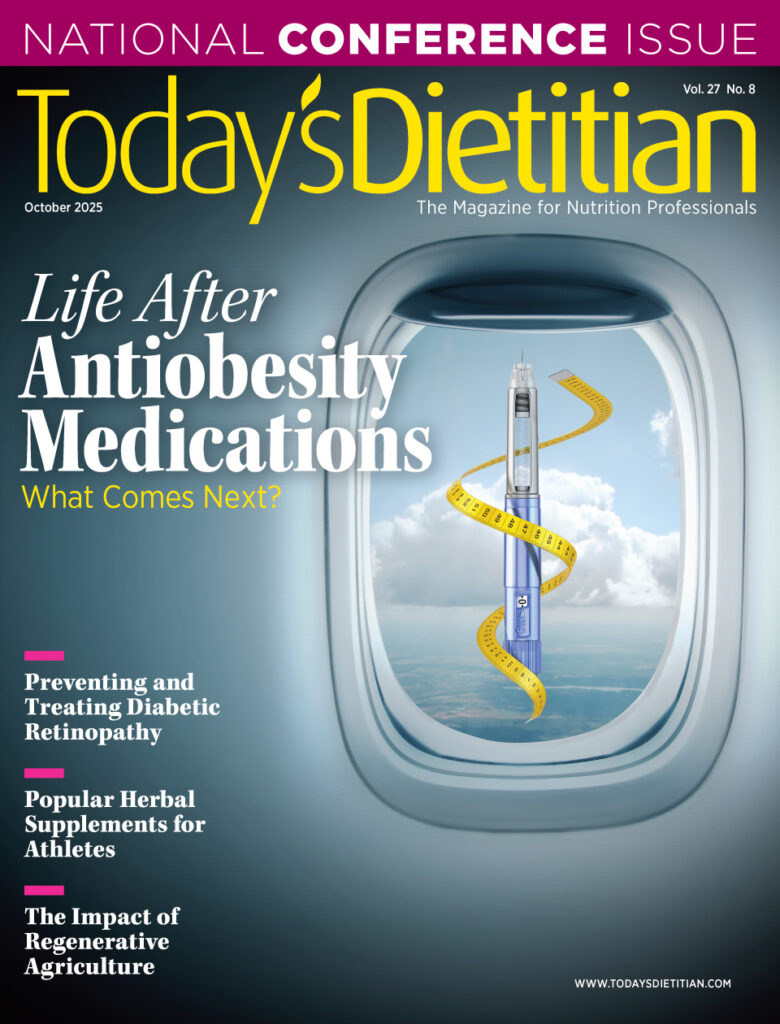More than 18% of US adults don’t know whether they’ll have enough to eat from day to day, and the numbers are worse for Hispanics, Blacks, people with obesity, and women, a new report shows.
“The percentage of adults with food insecurity more than doubled between 1999 and 2016,” says Candice Myers, PhD, an assistant professor at Pennington Biomedical Research Center and lead author of the article, published in JAMA. “The COVID-19 pandemic has undoubtedly worsened the situation. The country may face long-term economic and health consequences unless we solve this public health crisis.”
The study looked at national trends in food insecurity among US adults from 1999 to 2016 using data from the National Health and Nutrition Examination Survey. The study found that food insecurity rates changed to the following:
• 35% among Hispanic adults, from 19.5%;
• 1% among Blacks, from 12.4%;
• 6% among people with obesity, from 10.4%; and
• 2% among women, from 8.7%.
Myers says the study further solidifies the link between food insecurity and unhealthy body weight.
Food insecurity has a range of health consequences, all of them negative, she says. Obesity is key among them.
“Food insecurity and obesity are not mutually exclusive,” Myers says. “Rather, these health issues are linked in such a way that a solution will require public policy that addresses both at the same time.”
Pennington Biomedical Executive Director John Kirwan, PhD, says the intersection of food insecurity and chronic disease highlights the impact of the research center’s work.
“Our research has set the stage to not only continue our current efforts to explore these issues but also develop new and innovative projects that delve into understanding their impact on the health of the citizens of our community, state, and the entire country,” Kirwan says.
— Source: Pennington Biomedical Research
Protecting Health Equity and the Environment Through Diet
If Americans adhere to global dietary recommendations designed to reduce the impact of food production and consumption, environmental degradation could be reduced by up to 38%, according to a new paper published in the journal Environmental Justice.
“What we eat has an impact on the environment through the land used to grow food, net greenhouse gases released by producing food, and water use,” says Joe Bozeman III, PhD, a research associate at the University of Illinois Chicago Institute for Environmental Science and Policy and lead study author. “By following guidelines developed with human health and the environment in mind, we can help reduce the environmental impact of food production.”
Bozeman and colleagues wanted to see what shifts would be required by Americans in order to adhere to the EAT-Lancet Commission guidelines, the first-ever global dietary guidelines. Drafted in 2019, the recommendations were developed to help reduce environmental degradation caused by food production and consumption of an estimated global population of 10 billion people by the year 2050.
In a previous study, the researchers analyzed data from the US Environmental Protection Agency’s What We Eat in America Food Commodity Intake Database—which provides per capita food consumption estimates for more than 500 types of food, such as apples, poultry, bread, and water—and from the National Health and Nutrition Examination Survey, which gives estimates of individual dietary intake. They also collected information on the environmental impact of these foods from various databases and the scientific literature. Researchers found that meat and refined sugar are among foods with the highest negative impact on the environment, while vegetables, fish, and nuts have a lower impact.
The researchers used the same resources to zero in on changes in food consumption and strategies that would bring the US population into adherence with the EAT-Lancet Commission guidelines. They calculated changes that would be required for Black, Latinx, and white populations in the United States.
“We found that shifting to increased vegetable and nuts intake while decreasing red meat and added sugars consumption would help Americans meet EAT-Lancet criteria and reduce environmental degradation between 28% and 38% compared to current levels,” Bozeman says. “At the same time, health outcomes would improve, so following these global recommendations would result in a win-win for the environment and human health.”
Different populations would have to make different changes, based on their current dietary patterns, Bozeman says. Black people could meet the criteria by shifting dietary intake to include more vegetables and nuts, but less red meat, chicken, and added sugars. Latinx people would need to shift their dietary intake to more vegetables and nuts, but less red meat, eggs, and added sugars. White people would need to shift their consumption to include less red meat and added sugars, but more nuts.
Taken together, these results show that meeting all criteria, using a balanced diet approach, would significantly decrease environmental degradation in land, greenhouse gases, and water.
“Our results provide foundational information that can inform the development of culturally tailored dietary intervention strategies that consider the implications for human and environmental health,” says Sparkle Springfield, PhD, an assistant professor of public health sciences at Loyola University, Chicago, and a coauthor on the study.
“However, there’s still a need to address the structural and social determinants of diet outcomes, particularly in African American and Latinx populations, in order to promote health equity,” she says.
In the study, Bozeman and colleagues call upon the USDA and the World Health Organization to address the unique barriers minority populations face in accessing the healthful foods needed to achieve a sustainable diet.
— Source: University of Illinois at Chicago


